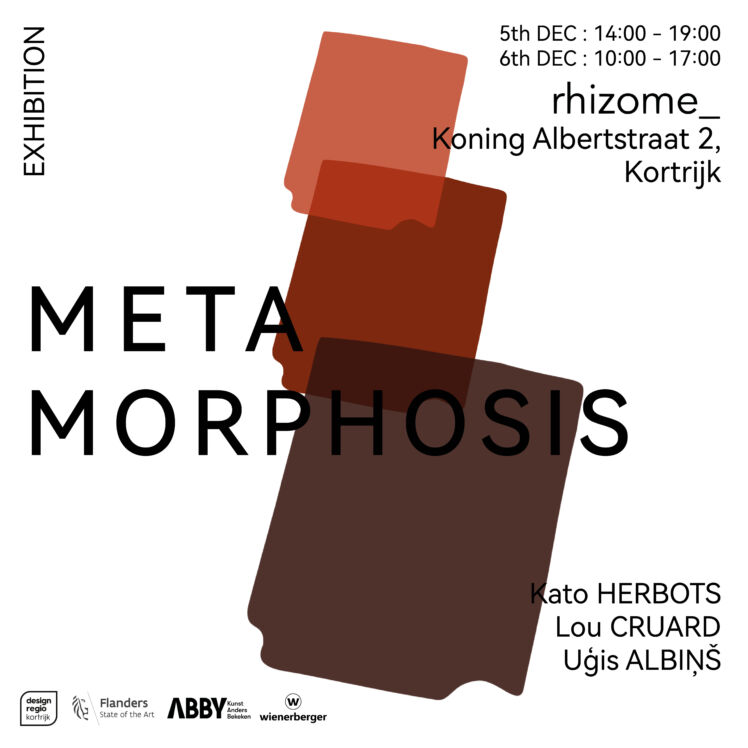
Design thinking in education, with Joos van Cauwenberghe
Applying design thinking in the classroom, it does not seem obvious. Yet, it is a method that many secondary schools in South-West Flanders, including school group RHIZO, put a lot of effort into. "In this way, we challenge students and push them to give the best of themselves", says coordinator Joos Van Cauwenberghe.
"Thinking like a designer teaches students to develop innovative solutions to complex problems and challenges in everyday life."
Why the idea of using design thinking at school?
The leitmotiv in this innovation is the shift from knowledge to skills. Hence the idea of introducing project-based learning. When they carry out projects, pupils take a more active role and acquire more ownership of their own learning. The teacher is then not just someone who explains something to them, but a coach who guides them. Thinking in terms of design offers many opportunities in this respect. It teaches them to develop innovative solutions to complex problems and challenges in everyday life."
In doing so, you also build the bridge to external partners?
"That's right; we do not only apply design thinking in our lessons. We also carry out research projects and provide services for companies.
With RHIZO, for example, we set up projects for international companies such as Dopper and Tata Consultancy Services. This idea was born after a hackathon in which three students from RHIZO Lyceum OLV Vlaanderen competed against teams from master's programmes or the professional field. Our guests started as underdogs, but went on to win the first prize. It made us realise that there was more to them than we thought."
Why is that?
"In a higher-stakes context and with the guidance of the right coaches, we can push students ten times further than in the classroom. At school, it's usually about individual performance, whereas for innovation, teamwork is just crucial. In JUMPLab, we work with young people who have become stuck in their ways and have lost their way. During a design sprint, they work on a project for a company (such as KV Kortrijk or Brooklyn), acquire new skills and build up confidence in their own abilities. After that, we take them to hackathons, where they meet creative people and broaden their network. After that, we also let them take steps in their personal lives. Through the project, we activate them to take control of their own lives."
A win-win for young people and companies.
What is the benefit for the school?
"We use the proceeds from the services to invest further in research and development ourselves. In the meantime, we learn the design trade ourselves and become creative 'problem solvers'. We like to share that knowledge with others. This is the approach of our new project Designtools, which combines all our expertise in the field of research and design-based learning. It is a methodology for offering creativity, learning to work together, etc. in a structured way. in a structured way. Because design thinking is not just the non-committal brainstorming that it is all too often regarded as. With the well-founded approach of Designtools, as a school you can offer a clear learning line with KPIs to pupils."
To what extent does the region form a source of inspiration?
"Our anchoring in this inspiring region is essential to us. This way, we avoid being stuck on an island. The framework for this is fantastic: there are companies with a lot of know-how who are happy to build bridges with our schools, we regularly work together with higher education, there are close contacts with the local authorities and we have a lot of experience in the field of education.
higher education, there are close contacts with Hangar K, and so on. We are very grateful to bridging figures who help us to open doors, and we are fully committed to the network effect. Strong together."
Newspaper article 'Meet creativity in your region', a publication in the framework of the recognition of the region as Kortrijk UNESCO Design Region.
Would you like to receive a copy? Mail to info@designregio-kortrijk.be!
Edited by Capone.









